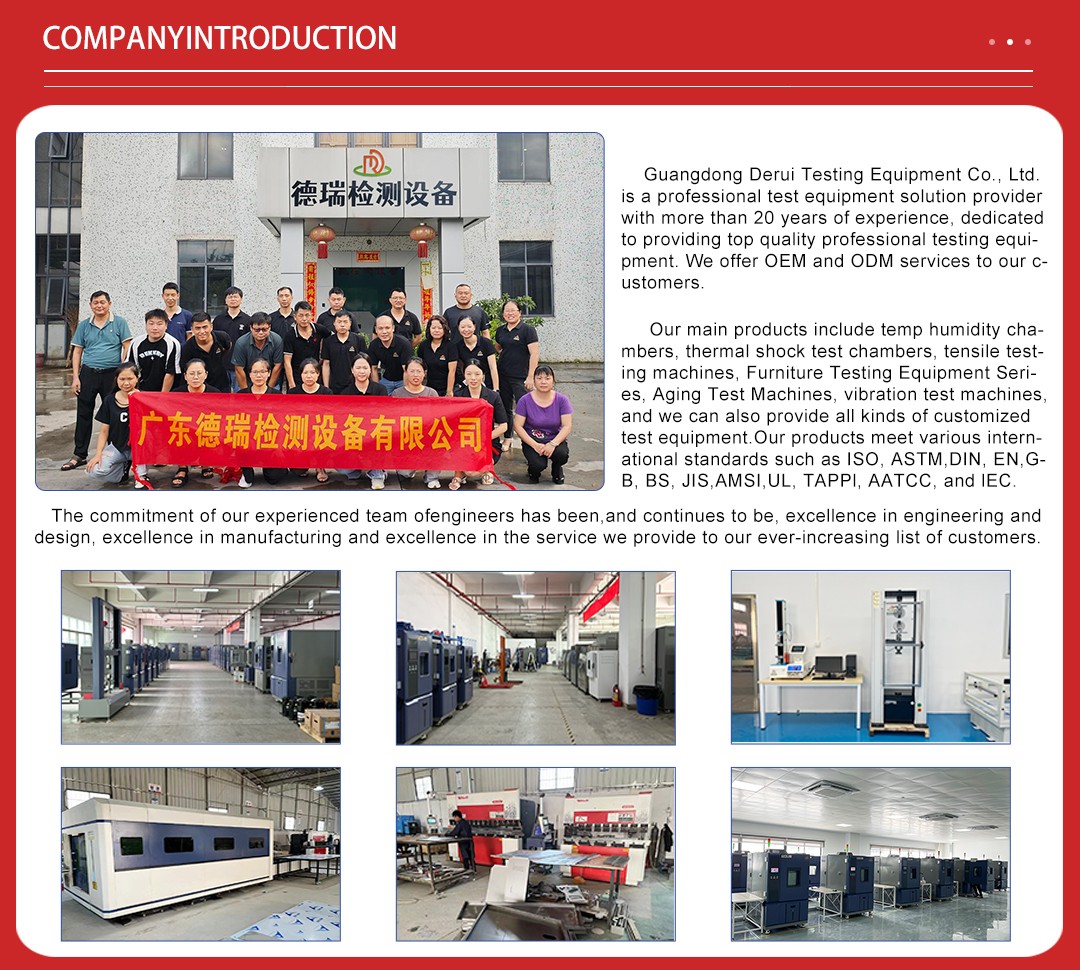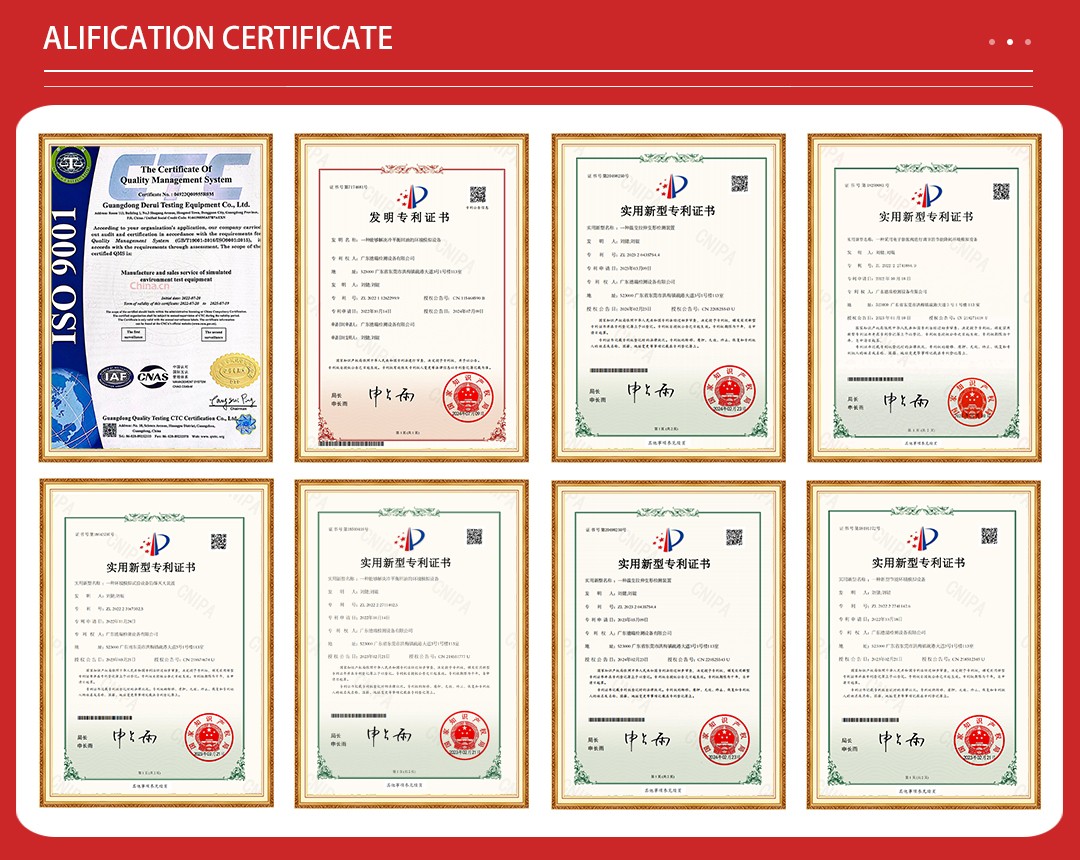
The Translational Thermal Shock Test Chamber is a highly specialized piece of environmental testing equipment designed to subject materials, components, or products to rapid and extreme temperature ch ...

The Translational Thermal Shock Test Chamber is a highly specialized piece of environmental testing equipment designed to subject materials, components, or products to rapid and extreme temperature changes, simulating the thermal stresses they might encounter during real-world use. By utilizing a translational mechanism, this chamber quickly transfers samples from one temperature zone to another, offering precise control over temperature cycling and ensuring efficient and reliable testing for a range of applications.

1. Translational Mechanism: Unlike conventional thermal shock chambers that use a single compartment for temperature cycling, the translational thermal shock chamber typically features multiple independent temperature zones—high temperature, low temperature, and transition zones. The test sample is transferred (or "translated") between these zones quickly, mimicking real-world temperature fluctuations in a more efficient and controlled manner. This mechanism allows for precise simulation of rapid thermal changes, such as those encountered in automotive, aerospace, and electronics industries.
2. Rapid Temperature Cycling: The core function of the translational chamber is to rapidly expose a sample to extreme temperature shifts, often in a matter of seconds or minutes. This acceleration of temperature changes is essential for evaluating the durability and performance of products in harsh environments. It is especially useful for testing electronic components, materials, and components subject to frequent or sudden temperature changes during their lifecycle.
3. Precise Temperature Control: The chamber is equipped with advanced temperature control systems that ensure each temperature zone is maintained accurately. Typically, these chambers can range from extreme low temperatures of -70°C (-94°F) to high temperatures exceeding 200°C (392°F), allowing for a comprehensive thermal shock test. The transition times between these temperatures are typically programmable, ensuring that the thermal shock is consistent and replicable for accurate results.
4. Multi-Zone Testing: The three-zone configuration (high, low, and transition zones) ensures that temperature shock cycles are more controlled and realistic. The sample is moved between these zones through a mechanical system, maintaining the integrity of the test without the need for complex thermal gradients. This setup helps simulate more natural conditions, such as those encountered in outdoor environments, aircraft cabins, or industrial machinery.
5. Many translational thermal shock test chambers offer customizable settings, including temperature range, cycling speed, and transition times. This flexibility allows testing to be tailored to specific industry requirements, making the chamber a versatile tool for a wide range of applications.

| Item | Specification |
Internal dimension(W*D*H) | 960*650*800mm |
External dimension(W*D*H) | 1750*2630*1980mm |
Working capacity | 500 liter |
Internal chamber material | SUS#304 stainless steel, mirror finished |
External chamber material | Stainless steel with paint spray |
Temperature range | -70℃~+150℃ |
Temperature fluctuation | ±1C |
Sample tray | SUS#304 stainless steel, 2pcs |
Observation window | Tempered glass: 250*300mm |
Testing hole | Diameter 50mm, for cable routing |
Power supply source | Three-phase, 380V, 50Hz |
Safety protection device | Protection for leakage Over-temperature Compressor over-voltage and overload Heater short circuit |

